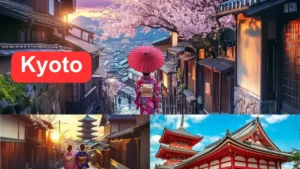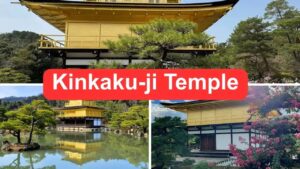When you think of Japan, your mind might jump to neon-lit Tokyo or bustling Osaka. But what if I told you there’s a place where time slows down, where deer walk freely through temple grounds, and where centuries-old traditions are still alive? Welcome to Nara, Japan’s first capital and one of the most peaceful destinations you’ll ever visit. Locals call it “Nara time” — a slower, more mindful rhythm of life that invites you to pause, breathe, and connect with both nature and history.
In this guide, we’ll explore Nara’s treasures: world-class museums, sacred temples, curious deer, and tips for traveling to this beautiful city.
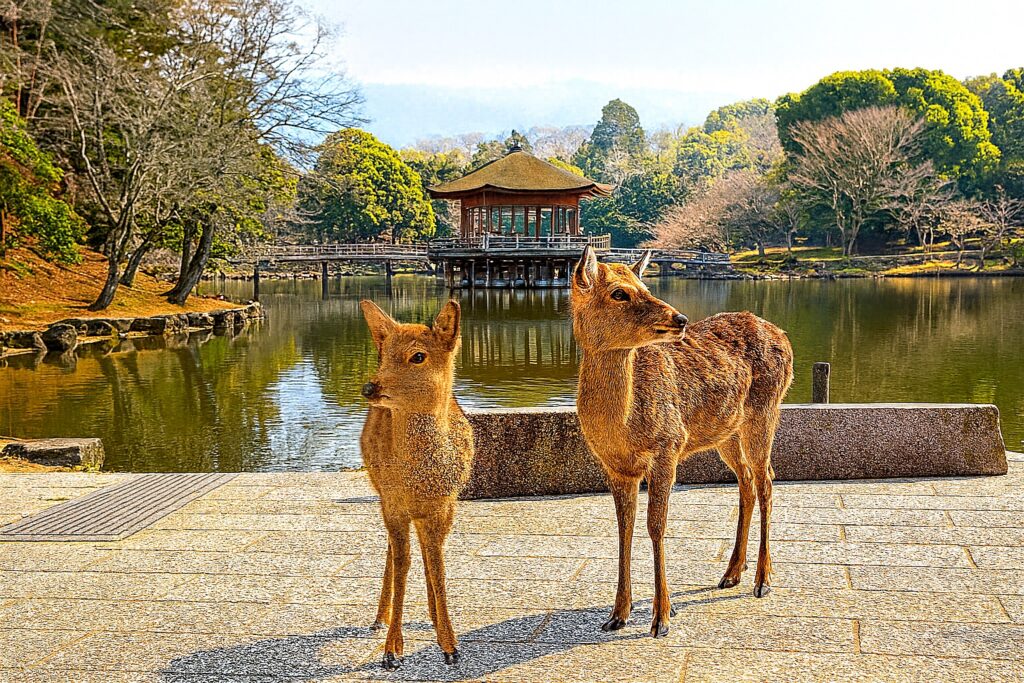
Nara Park @Japantovisit
Why Visit Nara?
Nara isn’t just another stop on the Kansai travel route. It was Japan’s capital in the 8th century and remains home to UNESCO World Heritage temples, national treasures, and rich Buddhist culture. Its peaceful parks and sacred mountains make it the perfect retreat if you’re looking for balance during your Japan trip.
And the best part? Nara is just 40 minutes from both Osaka and Kyoto, making it a convenient day trip — or even better, a quiet overnight escape.
1. The Nara National Museum: Where Art Meets Spirituality
Located inside Nara Park, the Nara National Museum is a treasure trove of Buddhist art. Its collection spans from the Asuka to Kamakura periods, featuring scrolls, statues, and ceremonial objects. The museum’s architecture, designed in a French Renaissance style by Katayama Tōkuma, is as fascinating as the exhibits themselves.
What makes this museum extra special is the annual autumn exhibition of sacred treasures from Tōdaiji Temple. With 13 National Treasures and numerous Important Cultural Properties, it’s one of the best places in Japan to immerse yourself in Buddhist culture while enjoying clear English explanations that make the exhibits accessible for international visitors.
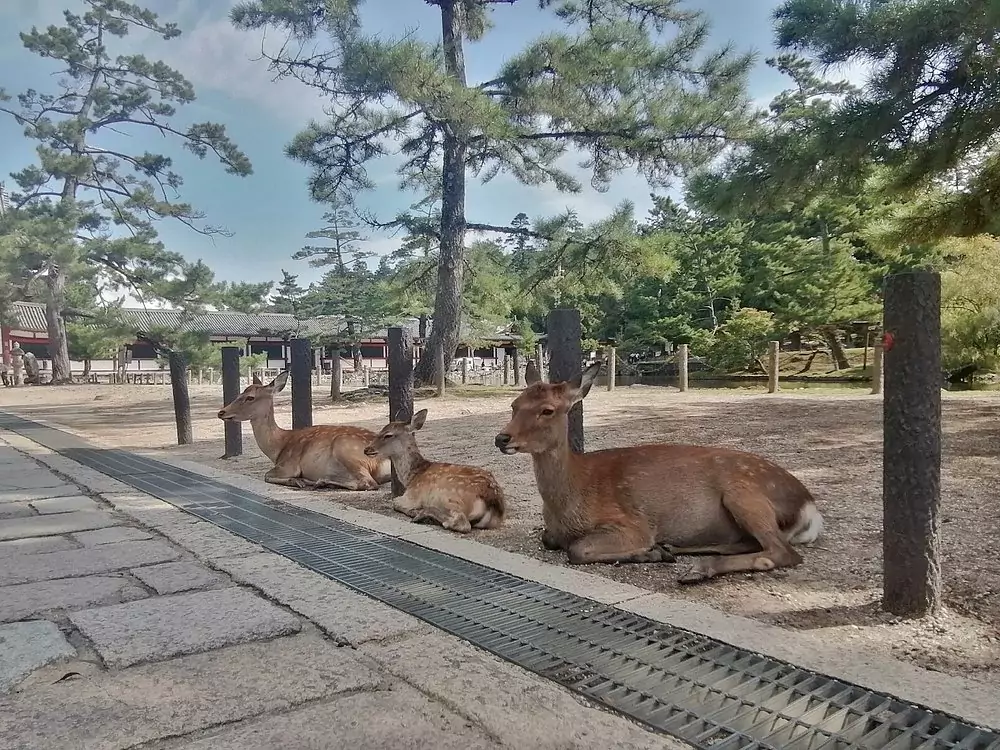
2. The Archaeological Institute of Kashihara: Journey Into Japan’s Ancient Past
If you’re curious about Japan’s earliest roots, head to the Archaeological Institute of Kashihara in Kashihara City. Nestled at the base of Mt. Unebi, this museum takes you through Japanese history from the Jomon and Yayoi periods up to the Muromachi era.
Highlights include artifacts, realistic dioramas, and even treasures from the Takamatsuka Tomb excavation, a key discovery in Japan’s historical timeline. More than just artifacts, the exhibits reveal the foundations of Japan’s cultural and spiritual identity.
This spot is perfect if you want to enjoy a quiet afternoon of reflection away from the tourist crowds.
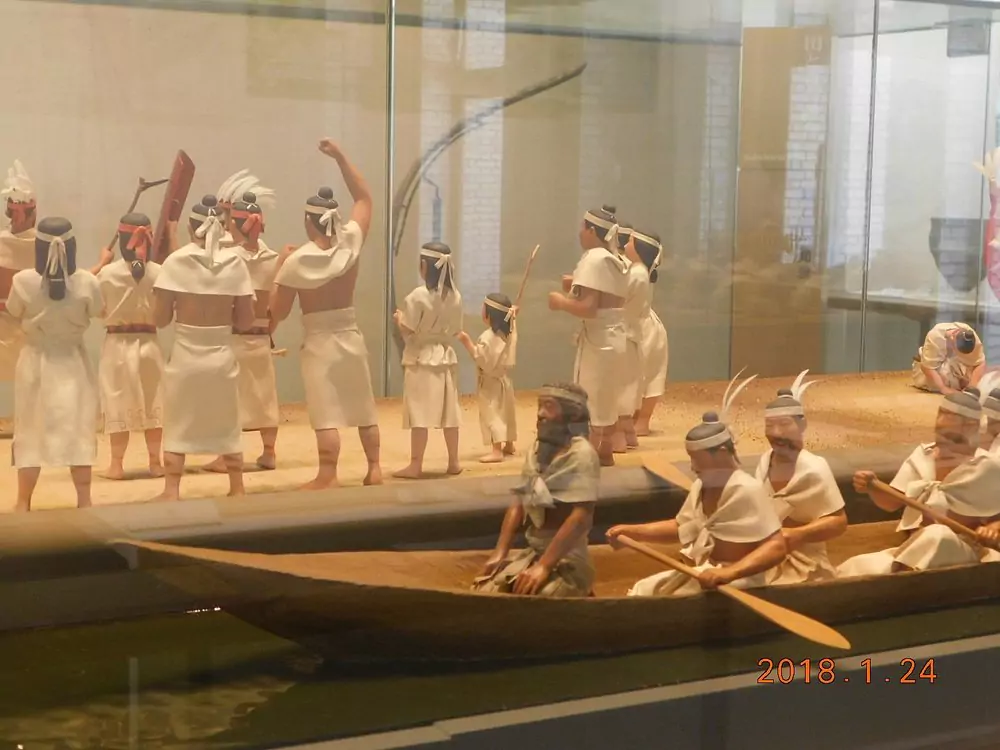
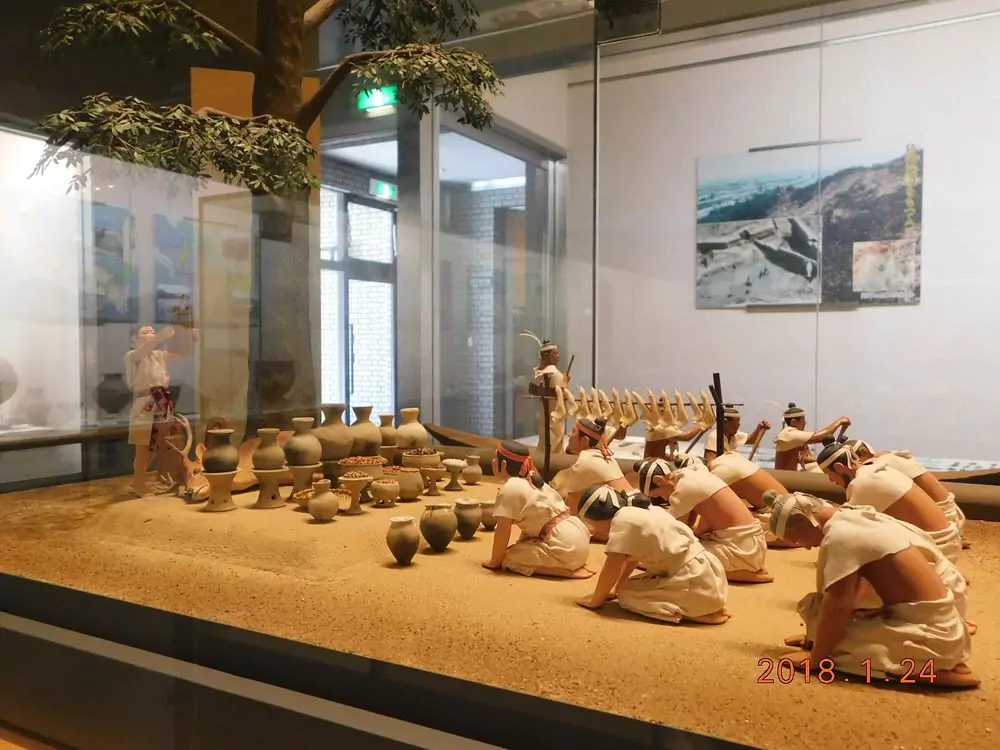
3. Kinpusenji Temple: A Sacred Mountain Experience
Perched high above Yoshino City, Kinpusenji Temple offers both breathtaking views and deep cultural insights. It’s the center of Shugendo, a spiritual tradition that blends Buddhism, Shinto, and nature worship.
Inside the temple’s Zaodo Hall, you’ll find three towering statues of Zao Gongen, with blue skin and a commanding presence. These sacred figures symbolize strength and wisdom. Seasonal exhibitions sometimes allow rare close-up views.
With its dramatic mountain backdrop and serene atmosphere, Kinpusenji is the perfect place to truly feel “Nara time”.
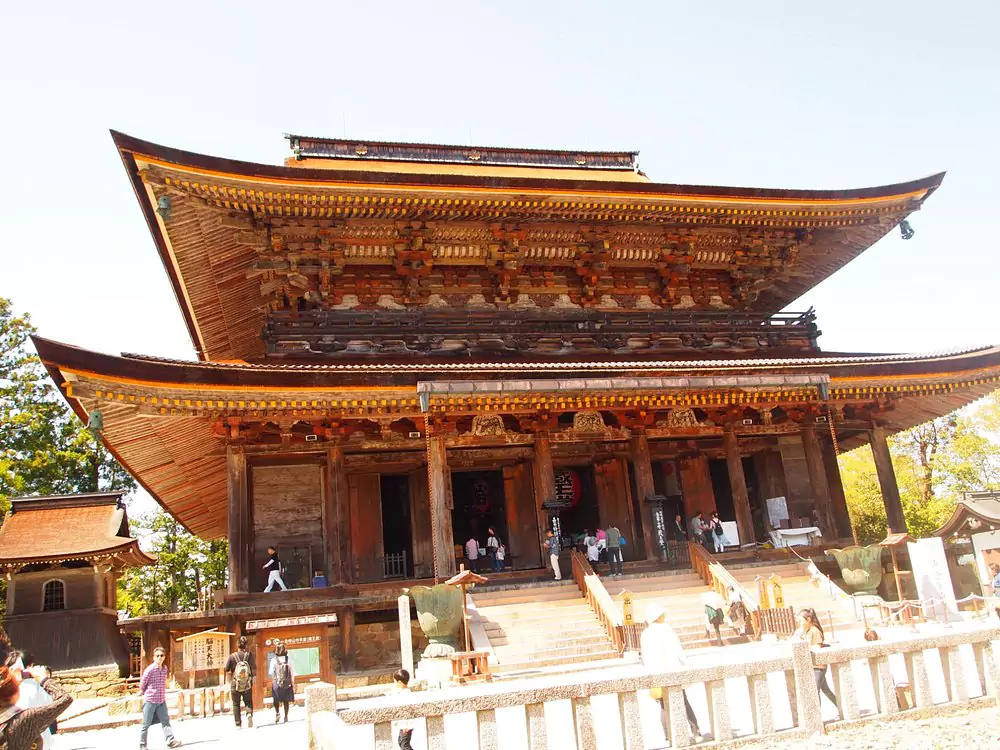
Meeting Nara’s Most Famous Residents: The Sacred Deer
No visit to Nara is complete without meeting the city’s beloved free-roaming deer. Around 1,400 deer wander through Nara Park, gracefully moving between temples and tree-lined paths. Considered messengers of the gods, they’ve been part of Nara’s spiritual landscape for centuries.
But remember — respect is key:
- Only feed them the special shika senbei (deer crackers) sold nearby.
- Never offer plastic, paper, or regular food.
- Treat them with kindness, just as you would a cultural treasure.
This magical interaction is one of the most memorable moments of visiting Nara.
How to Get to Nara
One of Nara’s greatest advantages is its easy access. From:
- Osaka Station: Take the JR Yamatoji Line or the Kintetsu Nara Line (around 40 minutes).
- Kyoto Station: Take the JR Nara Line or the Kintetsu Kyoto Line (also about 40 minutes).
With such short travel times, you can easily add Nara to your Kyoto or Osaka itinerary.
Tips for Enjoying “Nara Time”
- Stay overnight: While many do Nara as a day trip, spending a night lets you enjoy quiet evenings when the crowds leave.
- Visit in autumn or spring: These seasons highlight Nara’s natural beauty, from cherry blossoms to fiery maple leaves.
- Walk slowly: Nara is not about rushing — let yourself enjoy the slower rhythm.
For more seasonal ideas, you can also check out guides like Best Things to Do and See in Tokyo in October if you’re combining Nara with other autumn travel in Japan.
If you love the peaceful spirit and deep history of Nara, you’ll also be inspired by Japan’s sacred walking routes. The Kumano Kodo pilgrimage trail, for example, offers a spiritual experience through ancient mountains and shrines that reflect the same quiet harmony you’ll feel in Nara. You can read more about this journey in Kumano Kodo: 7 Reasons Why It’s a Life-Changing Trail.
Conclusion
Nara isn’t about flashy attractions. It’s about stillness, spirituality, and subtle beauty. Whether you’re marveling at ancient Buddhist art, standing in awe at Kinpusenji Temple, or smiling at a curious deer in the park, Nara invites you to slow down.
In a world that moves too quickly, “Nara time” is a gift — one you’ll carry with you long after your trip.
FAQs
Q1: What is Nara famous for?
Nara is famous for its UNESCO World Heritage temples, free-roaming sacred deer, and role as Japan’s first capital.
Q2: How long should I spend in Nara?
A day trip is enough for highlights, but staying overnight allows you to enjoy the peaceful evenings.
Q3: Can you feed the deer in Nara?
Yes, but only with the official shika senbei crackers sold in Nara Park.
Q4: What’s the best time to visit Nara?
Spring and autumn offer the most beautiful scenery, but Nara is lovely year-round.
Q5: Is Nara family-friendly?
Absolutely! Kids especially enjoy seeing the friendly deer up close.





